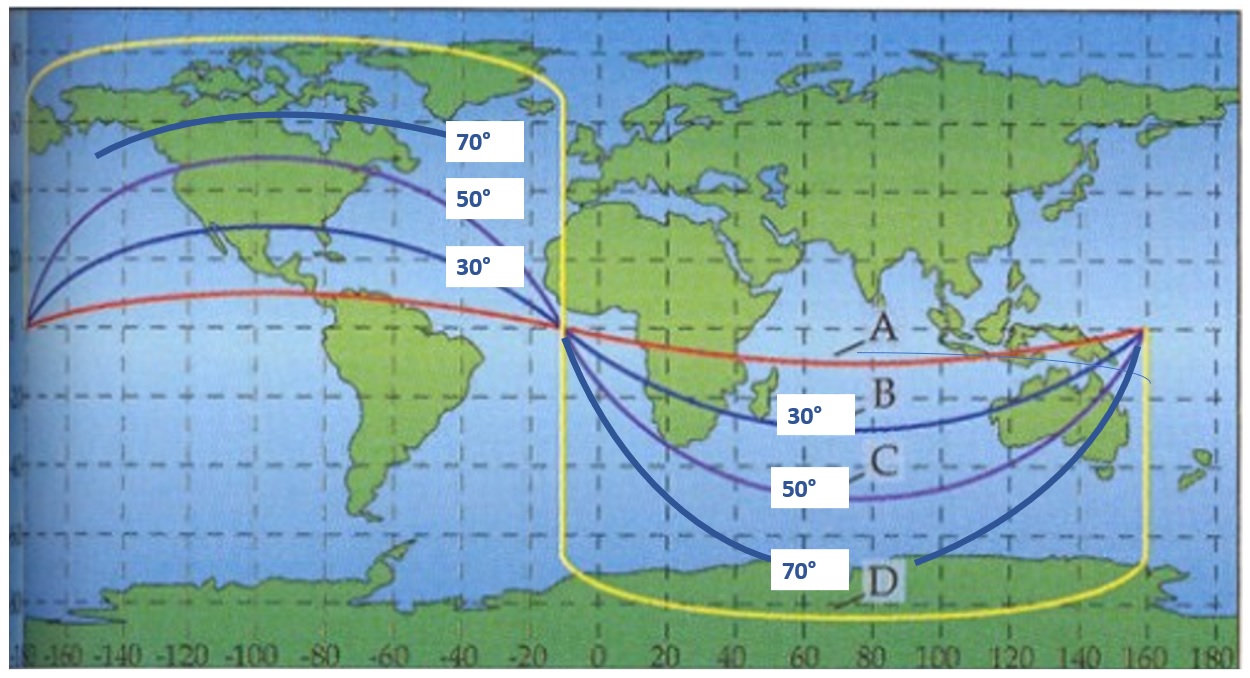Immediate High Value DLT USE CASES
The common requirement for all DLT use cases is AUTHENTICATION. That is why the DeHR governance function is based on registered companies and their verified employees. Both network agent hosting and peer-to-peer energy trading involves the exchange of tokens or fiat currency and that demands authentication to avoid malpractices by bad actors.
ChatGPT
ChatGPT (Generative Pre-trained Transformers) and the emerging GTP-4 require a Distributed Ledger Technology (DLT) Web3 platform that is both transparent and auditable to ensure the integrity of their data. At present ChatGPT accesses a centralised Web2 platform dominated by the commercial social media sources that sell data as a commodity.
ChatGPT data is not real-time and, as at early March 2023, was based on data up until September 2021. That means information extracted by AI (Artificial Intelligence) algorithms today may not take into account recent developments, especially in areas such as research. But, it also means “fake” data, that will ultimately find its way into data sources, has not yet been picked up in the current generation of ChatGPT models with an 18 month time lag and if Web2 continues to be the source of data “bad actors and scammers” will have a bonanza and miss-information will have a huge impact on HR applications such as recruitment. Plus, there is the issue of data privacy violations and ability to recognise anyone under the age of 13 by their algorithms. That reinforces the need for a strong Web3 network eligibility governance layer, such as DeHR provides.
The future of ChatGPT relies on a robust Web3 platform for data integrity, accurate narrative statements, proof of knowledge, and a strict governance layer for user confidence.
Satellite Communication and Renewable Energy
The DeHR hosting network will be a revolutionary change to existing computer networks. The network will be a MESH NETWORK designed for today’s DLT ground applications and be able to accommodate the emerging satellite orbiting mesh network needs. The diagram below illustrates the orbital path of satellite constellations with an incline (inclination to a zero inclination around the equator) of 10, 30 and 50 degrees.

SpaceX’s Starlink at present has a constellation following a 53 degree inclination that tracks across heavily populated areas in North America. Ground stations, or gateways, take a signal and distribute data via an infrastructure that includes copper wire and fibre optic cables.
SpaceX have requested an orbit path of 70 degrees that will take their constellation over areas in Canada and the East Coast of Australia. That makes Australia an ideal test bed for a DeHR mesh network model that can be used by other countries.
Starlink satellite constellations are just the beginning and the number of satellites in the Low Earth Orbit is expected to increase for several thousand today to thousands more over the next decade.
For more information see The Business Case for Wireless Power Transmission.
Global Mesh Networks
DeHR, through CET and their partners, has three important initiatives to deliver the DeHR technology promise to the global HR community during 2023. Firstly, to build and test the network by creating the Australia model. Secondly, to transition a pre-built application framework to the Holochain platform and test. Thirdly, work with innovative partners to test the viability of wireless power transmission for 24 hour coverage for data and energy supply to consumers, as part of the Hunter Valley Project.
Create a Global Model for a Mesh Network – Australia Test Site
Australia is well down the pathway to setting up a working model for both the application framework and the hosting network, along with an exciting use case and an extensive DLT ecosystem for the developer and HR business communities.
The Hunter Valley Proof of Concept
Hunter Valley Project – Renewable Energy Use Case
Without a doubt the most important and exciting Use Case so far is the application of DLT to build the ground infrastructure and an ecosystem to support SPACE BASED SOLAR POWER (SBSP) and GRAVITY and SOLAR POWER BEAMING for 24hour Low Earth Orbit coverage.
